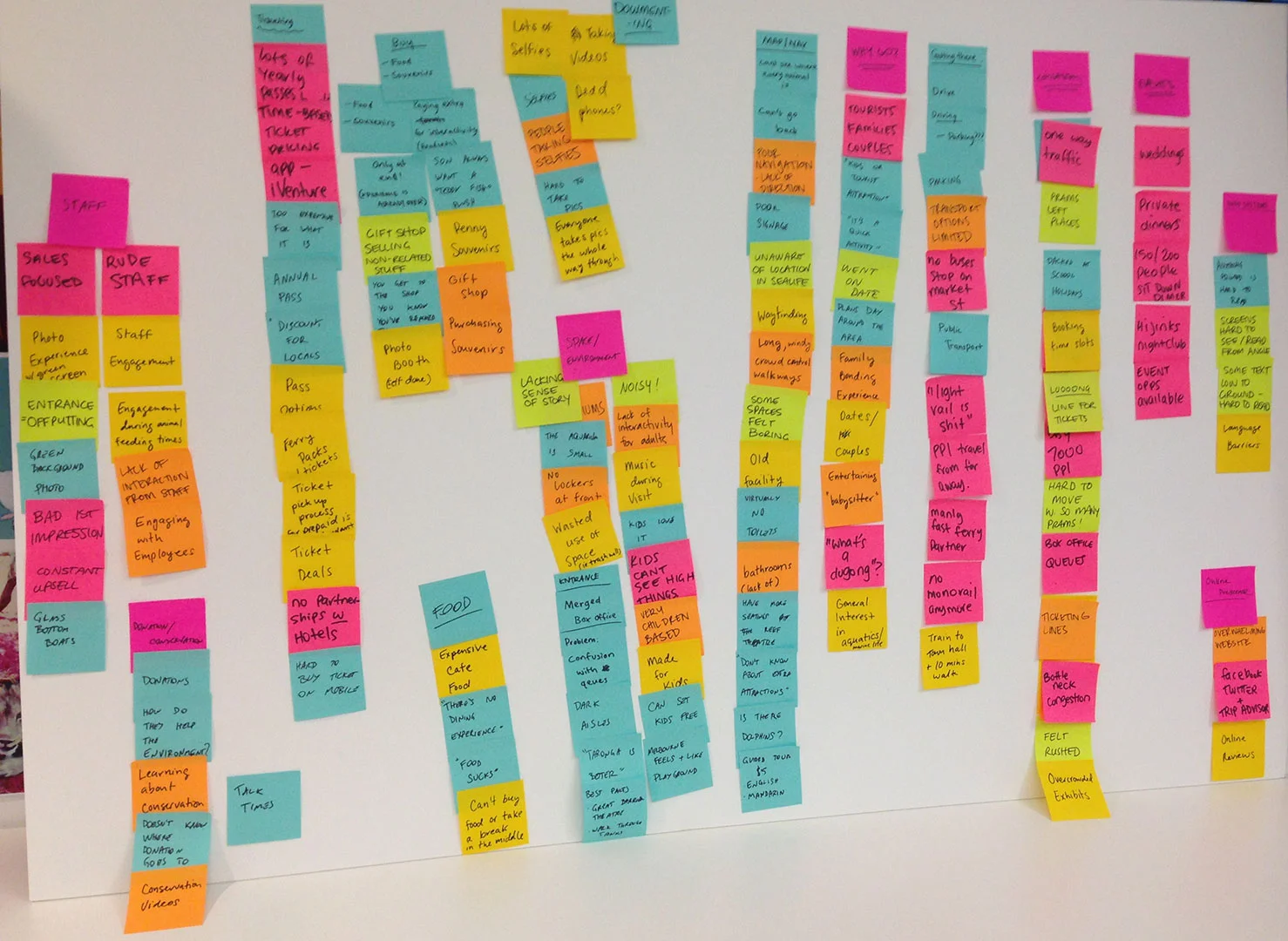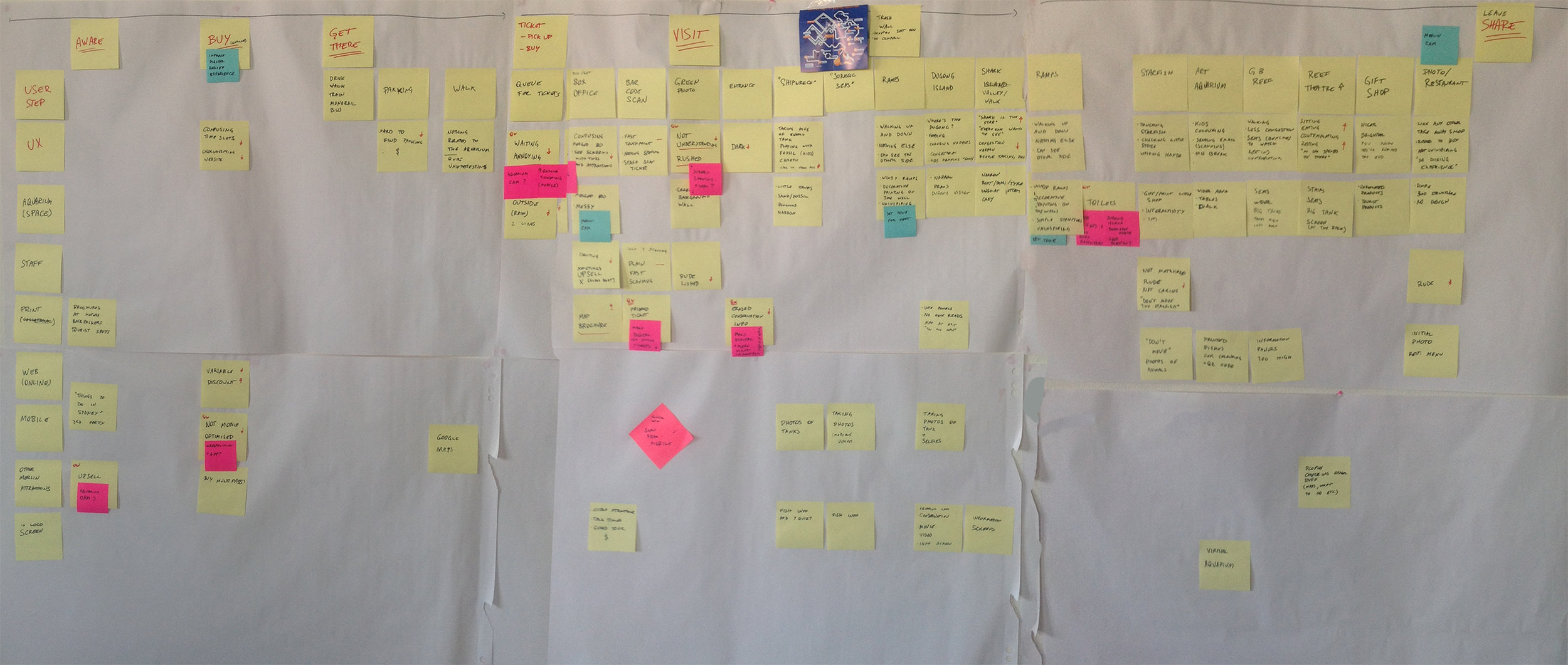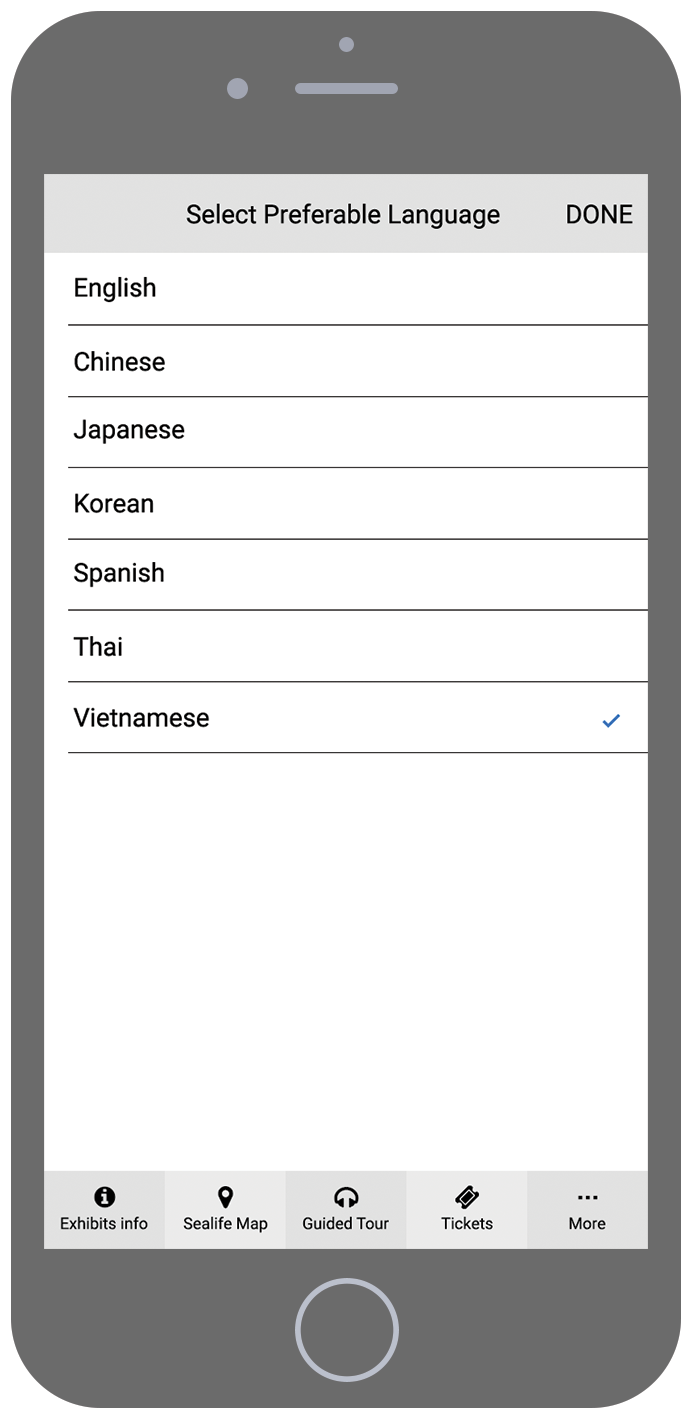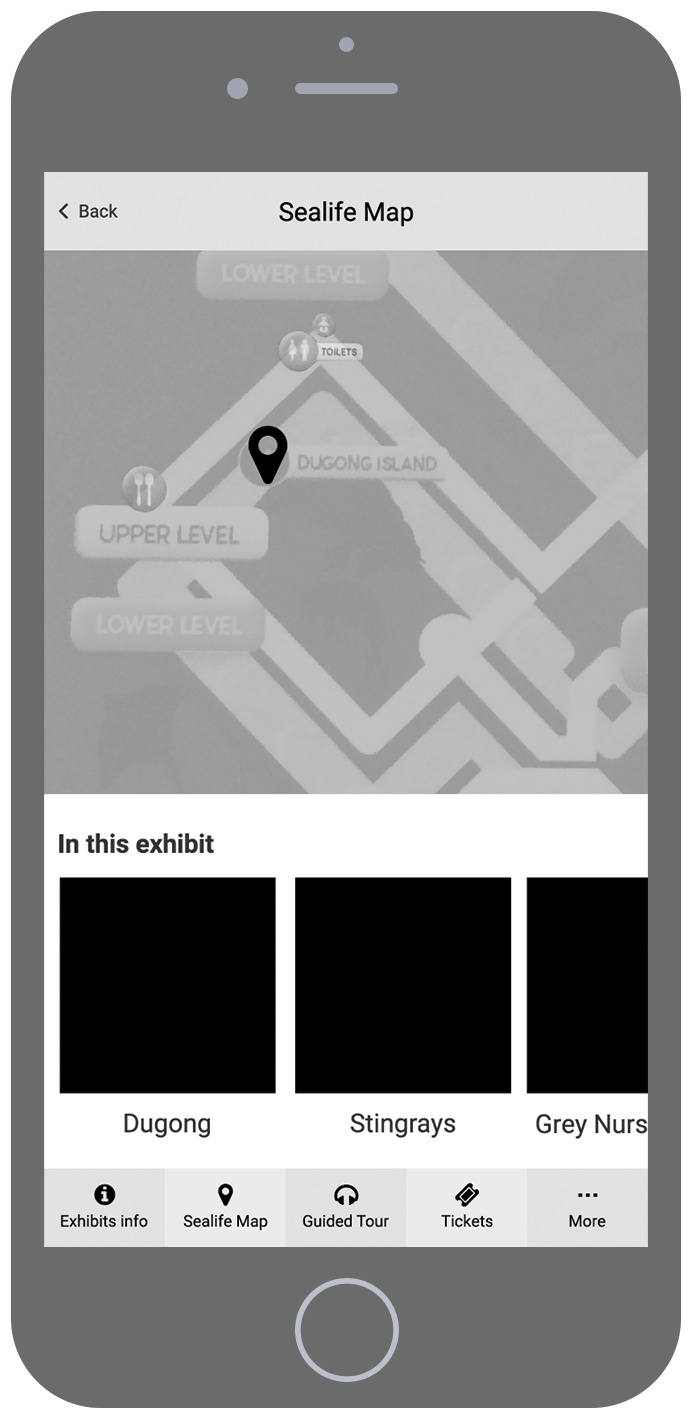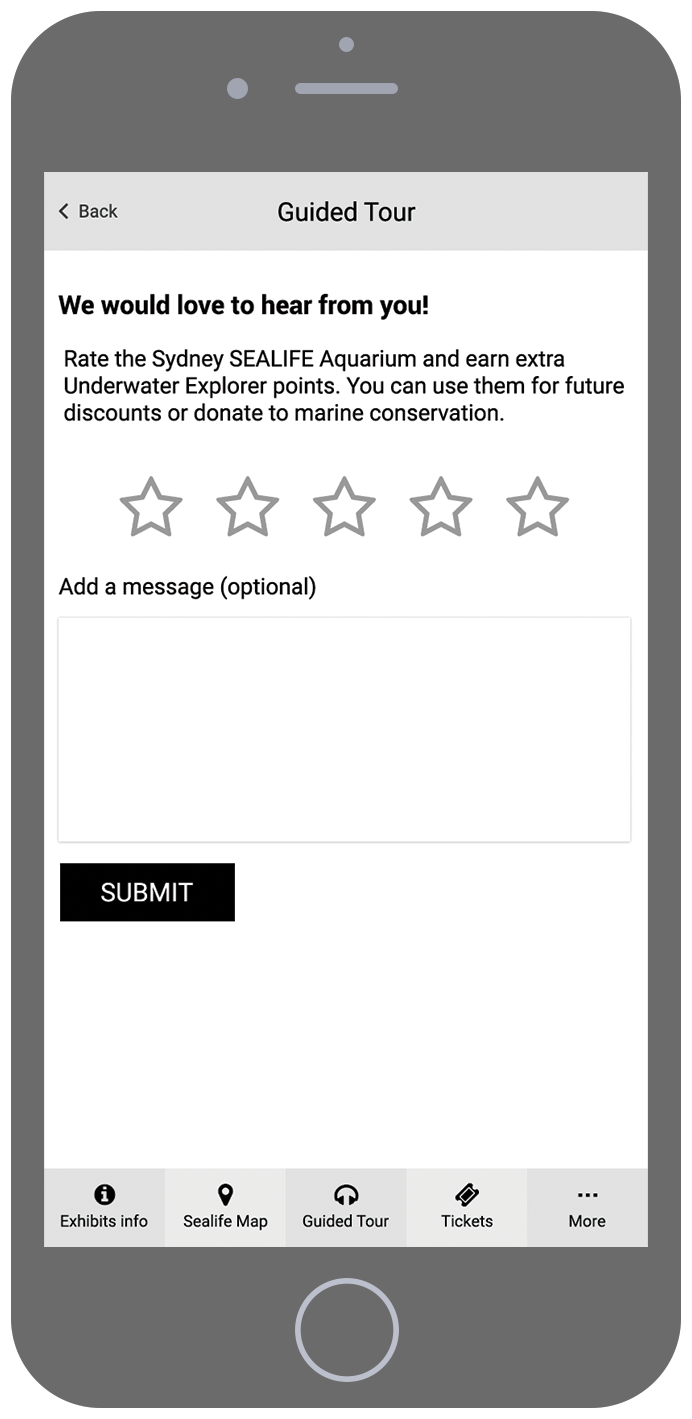Sydney Sealife Aquarium - Tractor's UX Design Major Project
Challenge
As a graduation project at the UX Design course we have been asked to analyse and research the Sydney Sealife Aquarium experience and discover opportunities and pain points to improve on.
Ultimately they wanted fresh outsider ideas on what Merlin Entertainment should do to improve its customer experience over the next few years and beyond.
Research
As part of the research the students and mentors worked collaboratively on territory mapping to brainstorm all aspects surrounding the problem. Apart from it I interviewed 7 people to find out their impressions, point of view, pain points and needs related to the experience. The interviewees varied from individuals going for curiosity and tourism to couples going on a date and families with kids. From the interviews I was able to develop empathy maps and 3 different personas.
Observation and Service Blueprint
I also went on two observation tours to map out the experience and observe the different reactions and behaviours of the public along the exhibitions and document space usage. Putting the interviews and service safari together I was able to create a service blueprint and pinpoint opportunities for improvements, including points for quick wins and other gaps that could be explored to increase engagement and the overall experience.
Besides that I read a range of articles regarding aquariums across the world and other similar entertainment options like zoos and theme parks, including in depth analysis on how Disney approaches guests experience on its parks and how they ensure the guests get a great engagement even when waiting for attractions on long queues.
Pain Points Summary
The present Sydney Sealife Aquarium environment compels people to move forwards, rushing towards the exit. Visitors doubt the aquarium is making any effort to help marine conservation; There are just a couple of interactive touchpoints and most of the visit is just a series of unremarkable tanks to pass by.
Information panels throughout the Aquarium is not presented in a friendly manner particularly for non-English speaking visitors. Tickets are perceived as expensive and there is an additional charge for extra features. Altogether, the aquarium is viewed today mainly as a money maker facility that only provides quick and superficial entertainment.
Solution
The current proposition aims to get across the conservation efforts and ecological thinking attached to marine life by engaging visitors in a captivating and educational way by supplying accessible information, time and space for the visitors to develop a more lasting connection with the animals.
The rearrangement of space focuses on creating a better visit. Solving pain points such as improved amenities, creating more space for people to observe animals in bigger tanks, which would allow easier access for visitors of any height, adding a few interactive attractions like the Sealife Infirmary and the Water Treatment Station so that visitors can learn from the staff about these important topics.
The Underwater Explorer points program in a mobile app promoted on the website and at the entrance by providing discounts when purchasing tickets through it. It helps to diminish queues, it shows visitor location and information about the animals at the aquarium through iBeacons. Added content about conservation that can be accessed from anywhere. The Underwater Explorer points are acquired with any purchase at the aquarium and can be used for extra discounts, selected educational documentaries or can be donated to marine conservation causes.
Aquarium cameras are also proposed in the main exhibit tanks and would be live streamed on the website, on the mobile app as well as on screens at strategically chosen locations and events so visitors can have an aquarium experience anywhere and any time.

